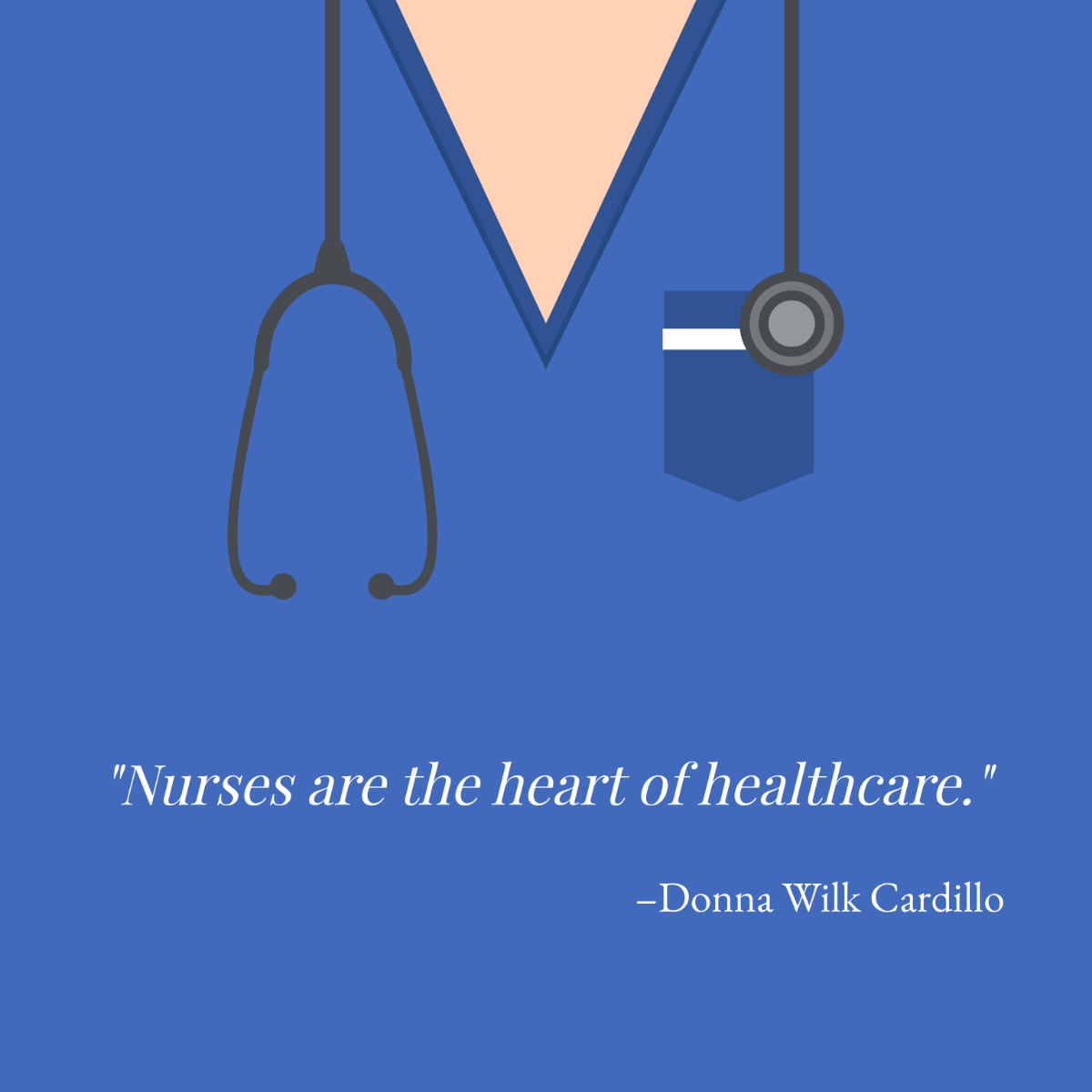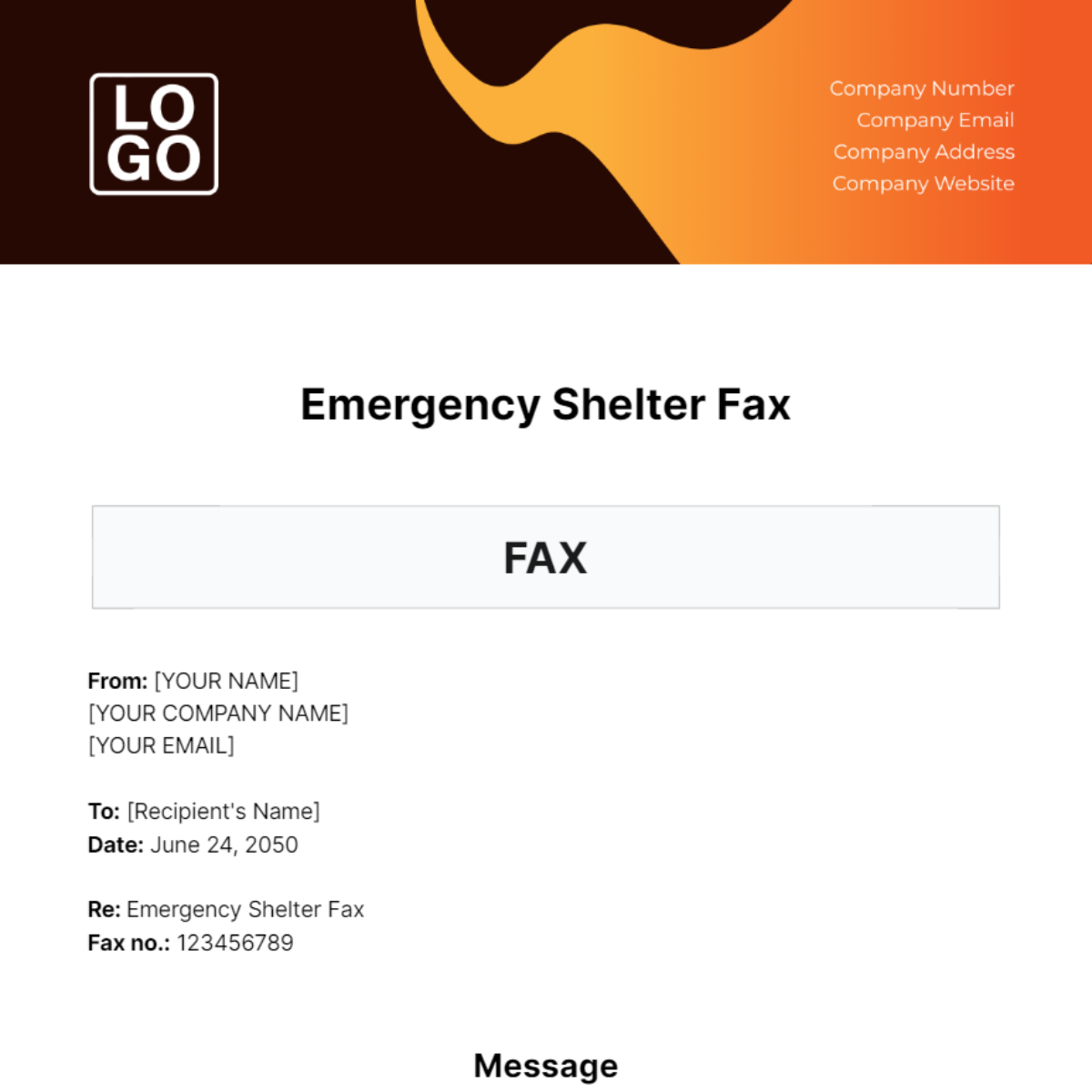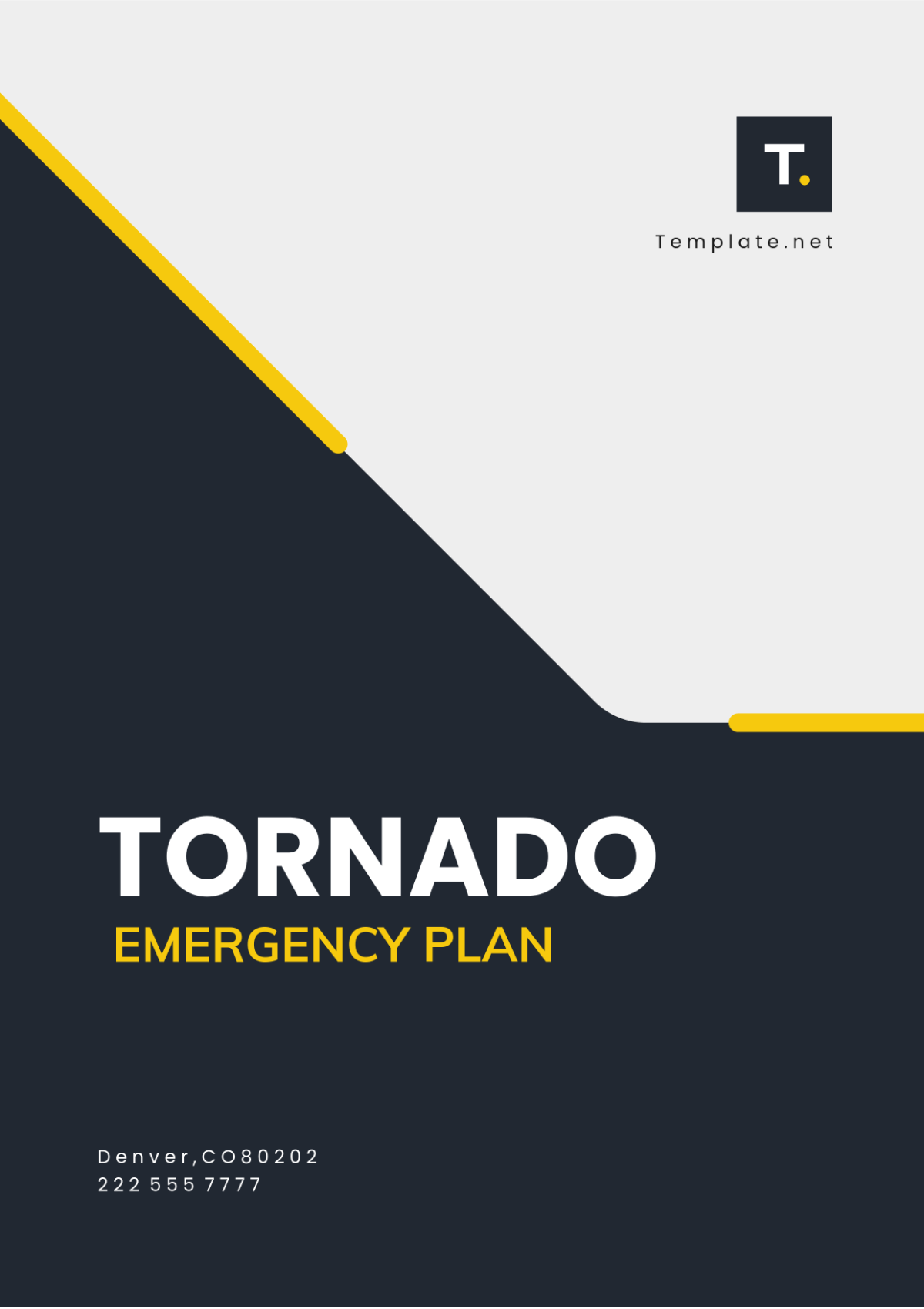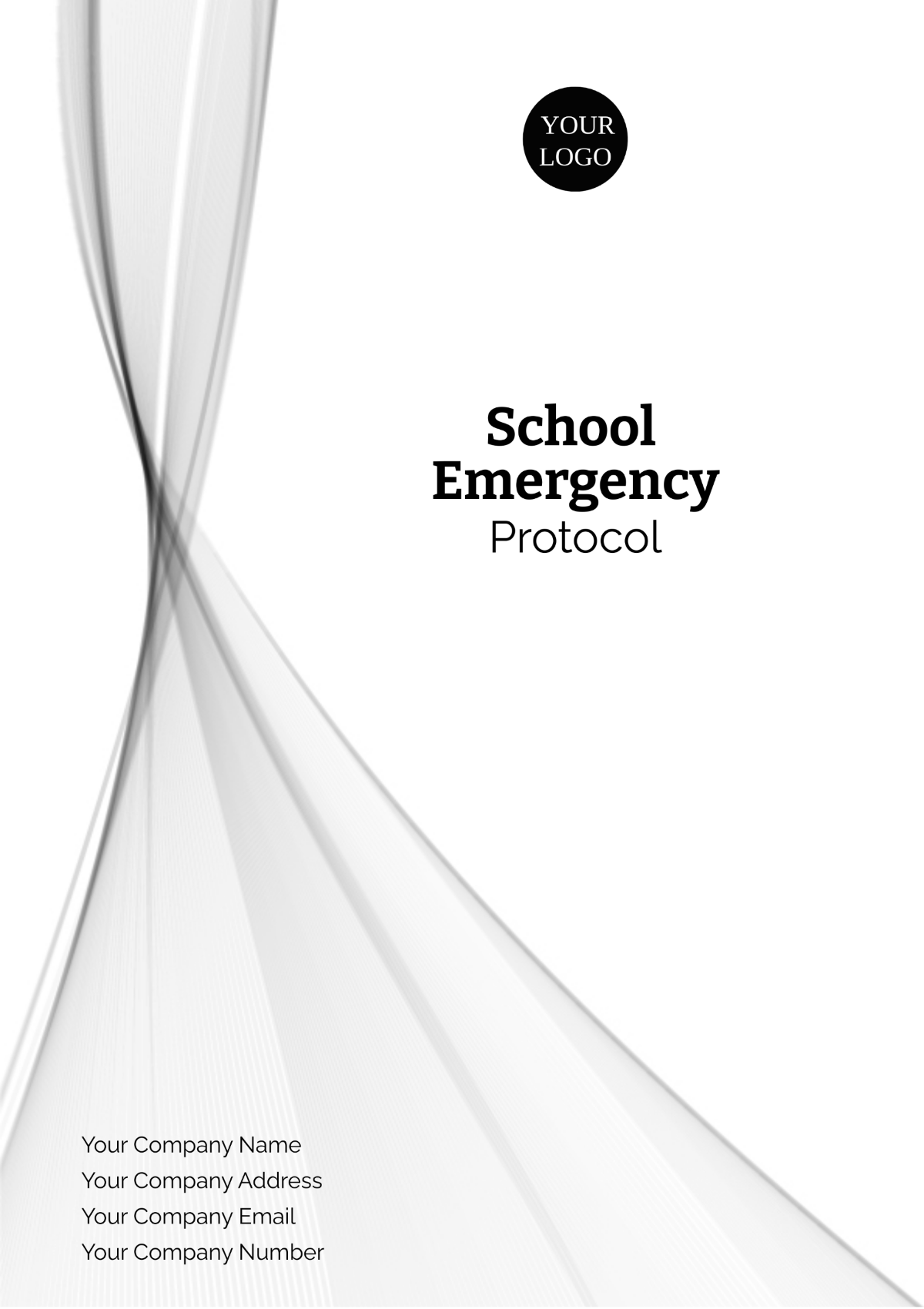School Emergency Protocol
1. Introduction
This School Emergency Protocol is designed to ensure the safety and well-being of all students, staff, and visitors in the event of an emergency with [Your Company Name]. It outlines the procedures for responding to various types of emergencies, including natural disasters, fires, medical emergencies, and security threats.
2. Emergency Contact Information
Role | Name | Phone Number | Email Address |
|---|---|---|---|
School Principal | Jessica Martin | 222 555 7777 | jessica@email.com |
School Nurse | Laura Bennett | 222 555 7777 | laura@email.com |
Local Police Department | 222 555 7777 | ||
Fire Department | 222 555 7777 | ||
Emergency Medical Services | 222 555 7777 | ||
Facility Manager | [Your Name] | 222 555 7777 | [Your Email] |
3. Emergency Response Team
Role | Name |
|---|---|
Incident Commander | Jessica Martin |
Safety Officer | Laura Bennett |
Medical Officer | Dr. Emily Rogers |
Communications Officer | Alex Johnson |
Logistics Officer | Sarah Lee |
4. General Procedures
4.1 Evacuation
Alarm Activation: Evacuation alarms will be activated by the Incident Commander or automatically by the fire alarm system.
Evacuation Routes: Follow the posted evacuation routes to designated assembly areas.
Assembly Areas:
Primary Assembly Area: Football Field
Secondary Assembly Area: School Gymnasium
Role of Staff: Teachers and staff must guide students to the assembly areas and ensure that all students are accounted for.
4.2 Lockdown
Alarm Activation: Lockdown alarms or verbal announcements will signal a lockdown.
Lockdown Procedures:
Lock doors and windows.
Turn off lights and remain silent.
Stay out of sight and wait for further instructions.
Role of Staff: Teachers and staff must ensure that all students are in a safe area and remain calm until the all-clear signal is given.
4.3 Shelter-in-Place
Alarm Activation: Shelter-in-place alerts will be communicated by the Incident Commander or via PA system.
Shelter-in-Place Procedures:
Move indoors and stay away from windows and doors.
Close and seal windows and doors if necessary.
Await further instructions or notifications.
Role of Staff: Ensure students are safely sheltered and remain indoors until the emergency is over or further instructions are given.
5. Medical Emergencies
First Aid: Staff trained in first aid will provide initial care. The School Nurse will be called for serious injuries or medical conditions.
Emergency Medical Services: Contact EMS immediately if needed. Provide details of the situation and location.
Medical Information: Maintain up-to-date medical information for all students and staff.
6. Natural Disasters
6.1 Earthquake
During Earthquake: Drop, Cover, and Hold On.
After Earthquake: Check for injuries, follow evacuation procedures if necessary, and report to the assembly area.
6.2 Severe Weather
Tornado: Move to the designated tornado shelter area, away from windows.
Flood: Move to higher ground or the designated safe area. Avoid using electrical appliances.
7. Security Threats
7.1 Intruder Alert
Alert: Notify local authorities and follow lockdown procedures.
Communication: Do not use mobile phones unless instructed; use the PA system for emergency communications.
7.2 Bomb Threat
Evacuation: Evacuate the building immediately and follow procedures for safe distance from the building.
Communication: Contact local authorities and follow their instructions.
8. Communication Plan
Internal Communication: Use PA system, radios, or designated communication devices for internal alerts.
External Communication: Contact parents and guardians via automated notification systems or phone calls. Provide updates and instructions as needed.
9. Post-Emergency Procedures
Accountability: Ensure all students, staff, and visitors are accounted for.
Debriefing: Conduct a debriefing meeting with the Emergency Response Team to review the response and identify any improvements needed.
Counseling: Provide counseling and support services to students and staff as necessary.
10. Training and Drills
Regular Drills: Conduct regular emergency drills for various scenarios to ensure preparedness.
Training: Provide ongoing training for staff and students on emergency procedures.
11. Review and Update
Annual Review: Review and update the emergency protocol annually or after an emergency incident.
Feedback: Incorporate feedback from drills and actual emergencies to improve the protocol.

















































